Queer British Art: In Celebration of LGBTQ at Tate Britain
Fifty years after the partial decriminalisation of male homosexuality in England, this landmark exhibition showcases queer British art





Focusing on the period 1861-1967, the exhibition traces the diverse body of work that arose as societal attitudes towards those who identified as lesbian, gay, bisexual, trans or queer changed over the century. Among the artists featured are Francis Bacon, Keith Vaughan, Evelyn De Morgan, Gluck and Cecil Beaton, while photographs, film, magazines and other ephemera give additional context to the era.
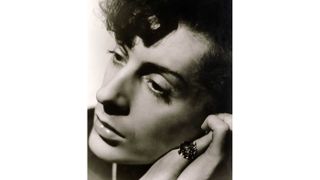
The display spans from the discreet hints of desire seen in the works of the Pre-Raphaelites to the more open attitudes of the 1960s. Highlights include a section on the influential Bloomsbury Group, who were known for their bohemian lifestyles and forward-thinking perspectives on feminism, sexuality and other issues (member Vanessa Bell is also the subject of a major exhibition this year), and, to coincide with Tate Britain's comprehensive David Hockney retrospective, the artist's important work Going to be a Queen for Tonight is on show.
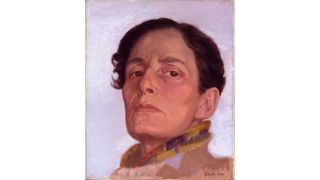
Beyond the artworks on display, there's an important insight into a time when LGBTQ identities were little recognised or understood. They are explored through the legacy of some of the more progressive minds of their day, such as sexologist Henry Havelock Ellis and activist Edward Carpenter. The high-profile trials of figures such as Oscar Wilde and Radclyffe Hall are also documented, bringing together artefacts that include the door from Wilde's prison cell.
Subscribe to The Week
Escape your echo chamber. Get the facts behind the news, plus analysis from multiple perspectives.
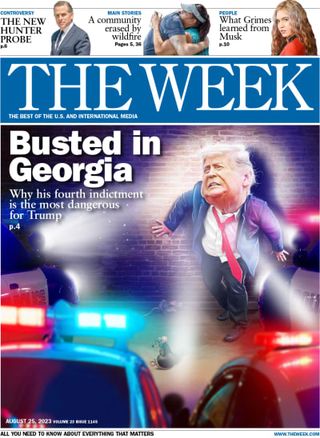
Sign up for The Week's Free Newsletters
From our morning news briefing to a weekly Good News Newsletter, get the best of The Week delivered directly to your inbox.
From our morning news briefing to a weekly Good News Newsletter, get the best of The Week delivered directly to your inbox.
Queer British Art 1861-1967 is at Tate Britain until 1 October, tickets £16.50; tate.org.uk
Create an account with the same email registered to your subscription to unlock access.
Sign up for Today's Best Articles in your inbox
A free daily email with the biggest news stories of the day – and the best features from TheWeek.com
-
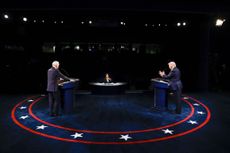 'Good riddance to the televised presidential debate'
'Good riddance to the televised presidential debate'Instant Opinion Opinion, comment and editorials of the day
By Harold Maass, The Week US Published
-
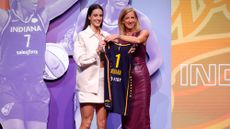 Caitlin Clark the No. 1 pick in bullish WNBA Draft
Caitlin Clark the No. 1 pick in bullish WNBA DraftSpeed Read As expected, she went to the Indiana Fever
By Peter Weber, The Week US Published
-
 Today's political cartoons - April 16, 2024
Today's political cartoons - April 16, 2024Cartoons Tuesday's cartoons - sleepyhead, little people, and more
By The Week US Published
-
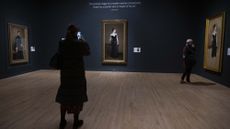 Sargent and Fashion: Tate Britain's new show 'spectacular' but 'myopic'
Sargent and Fashion: Tate Britain's new show 'spectacular' but 'myopic'The Week Recommends The exhibition puts the artist's 'interest in and skill with fashion' in the spotlight
By The Week UK Published
-
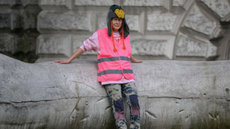 'Happy Gas': Sarah Lucas at Tate Britain
'Happy Gas': Sarah Lucas at Tate BritainThe Week Recommends This 'vindaloo of sculpture, photography and text' makes for a 'grubbily fascinating' exhibition
By The Week Staff Published
-
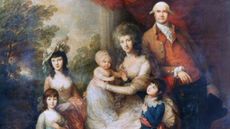 Tate Britain rehang: a major reshuffle of its free displays
Tate Britain rehang: a major reshuffle of its free displaysThe Week Recommends Gallery has refreshed its free collection displays for the first time in a decade
By The Week Staff Published
-
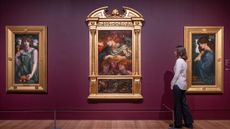 The Rossettis at Tate Britain review: an ‘evocative’ and occasionally ‘poignant’ show
The Rossettis at Tate Britain review: an ‘evocative’ and occasionally ‘poignant’ showThe Week Recommends Fans of pre-Raphaelite art will be thrilled by this exhibition
By The Week Staff Published
-
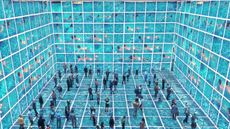 David Hockney: Bigger & Closer review – an ‘immersive’ spectacle at Lightroom
David Hockney: Bigger & Closer review – an ‘immersive’ spectacle at LightroomThe Week Recommends Artist’s ‘astonishing venture’ involves ‘massive projections’ in a subterranean venue
By The Week Staff Published
-
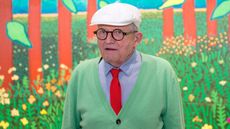 David Hockney goes immersive with his Bigger and Closer exhibition
David Hockney goes immersive with his Bigger and Closer exhibitionfeature Painter is producing an immersive digital spectacle based on some of his most celebrated work
By The Week Staff Published
-
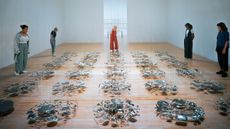 Cornelia Parker at Tate Britain: a ‘mesmerising’ and long overdue retrospective
Cornelia Parker at Tate Britain: a ‘mesmerising’ and long overdue retrospectiveThe Week Recommends This free show traces Parker’s career from the 1980s to the present day
By The Week Staff Published
-
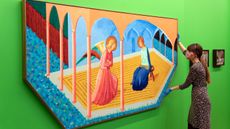 Hockney’s Eye review: works so vibrant they ‘make the Old Masters look dull’
Hockney’s Eye review: works so vibrant they ‘make the Old Masters look dull’The Week Recommends This is a superlative exhibition that will leave you ‘in awe’ of the artist
By The Week Staff Published